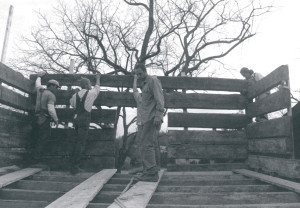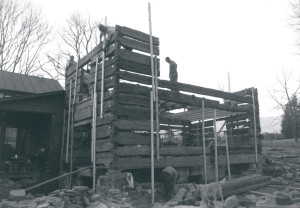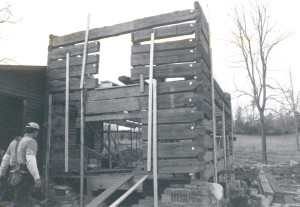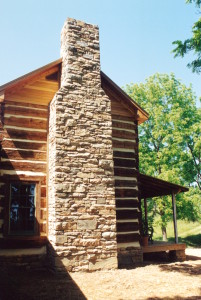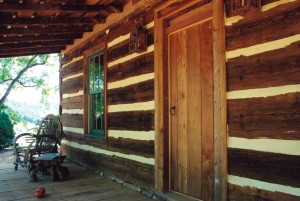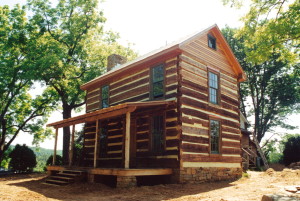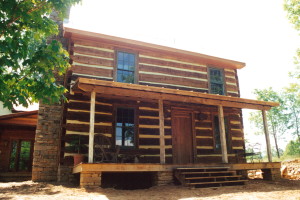The Free Union house… part 13
The copper roof is being installed… one sheet at time.
I like copper.
It looks good. In fact, it looks gorgeous.
And, it needs zero maintenance. That’s nice.
It also lasts for a very long time (longer than people)… which means that when viewed from a long term perspective it is often the cheapest form of roofing.
And, if the homeowner does decide to sell the home, the extra cost of copper is recovered due to a higher home value of having a high quality roof.
Originally posted 2015-04-21 13:05:04.


